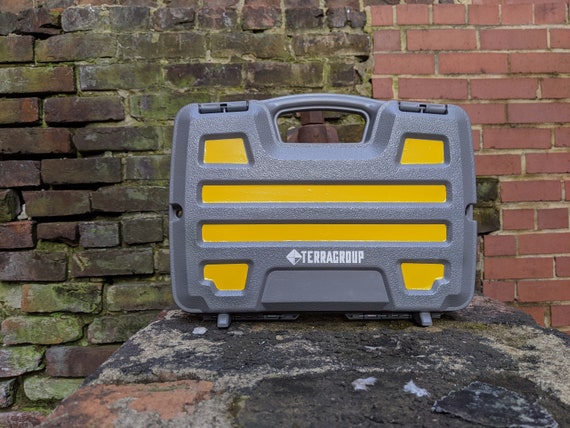
The Federation has also been observed using isolation suits and a cloaked holoship in Star Trek: Insurrection. There has never been any specific reference to this type of use being banned and the Romulans signing the non-aggression pact with the Dominion in the same episode may also have been a factor. It is unclear if the use of cloaking devices in mines violated the Treaty of Algeron. Judging from the visual effects in the episodes this isn't so far fetched.

As stored material begins to run out the mines have a zero-point extraction system for matter replenishment.īased on the figures given in the manual, the field laid out by the Defiant contained some 165,000 mines altogether. As stated in DS9: " A Time to Stand", the neighbor of a detonated mine does seem to replace the lost mine in the end, material however comes from at least 65 different mines. Replicators however transfer material to one another where it is needed in the field through networking. Each mine has initially only 1/65 of the material stored in them for a single replacement mine.

The replication system is further explained as well. They are cloaked with miniature cloaking devices and have proximity and contact sensors for detonation with a neutrino source counter for distance keeping with one another, a thruster system of a class-1 probe with a single fuel source designed for station keeping and a combiner tank with a premixed charge of a standard photon torpedo warhead serves as the explosive. Their shells are described as duranium cargo containers. In the Star Trek: Deep Space Nine Technical Manual, more detailed information is given of the self-replicating mines. 290), the mines were labeled "ALH 84001" as a reference to the meteorite Allan Hills 84001, which was found in 1996 to have fossils of micro-bacteria from Mars. ( VOY: " Memorial", " Child's Play", " Flesh and Blood" ENT: " Fortunate Son", " Canamar", " Bounty", " The Xindi")Īccording to Star Trek Encyclopedia (4th ed., vol. 659)) The composters pop up again in the background of many episodes, mostly as cargo containers. The props for the self-replicating mines were originally rolling composters obtained by Laura Richarz that were only slightly modified. ( DS9: " Behind the Lines", " Favor the Bold", " Sacrifice of Angels") Unfortunately, the Defiant arrived too late to prevent Gul Dukat from detonating the minefield, forcing Sisko to send the Defiant into the wormhole to confront the Dominion reinforcements. Faced with the prospect of overwhelming Dominion reinforcements through the wormhole, Starfleet launched Operation Return, sending all its available ships to destroy the deflector before the deactivation process was completed. Fortunately, through Morn, Kira Nerys gave Starfleet information on the deactivation of the minefield. ( DS9: " A Time to Stand")Įventually, Damar found a way to deactivate the mines without having them replicating themselves, by isolating them one at a time with an antigraviton beam projected from Deep Space 9's deflector array. This frustrating obstacle prevented the Dominion from overrunning the Alpha Quadrant. The activated minefield proved an effective barrier to the Dominion even after Deep Space 9 was captured. The Dominion sent a fleet to prevent this from happening, but cover fire from Deep Space 9 and the IKS Rotarran allowed the USS Defiant to complete the task.

( DS9: " Call to Arms")ĭue to the possibility of the mines' proximity sensors causing premature detonation, the entire minefield had to be put in place before the mines could be activated. The mines were programmed to swarm-detonate, to compensate for their small size.

More importantly, the mines were equipped with a replicator unit, such as that every mine that was detonated or deactivated would be immediately replaced by its neighbor. Each mine was cloaked and extremely small, no more than a meter across, which prevented advanced Dominion sensors from detecting them.


 0 kommentar(er)
0 kommentar(er)
